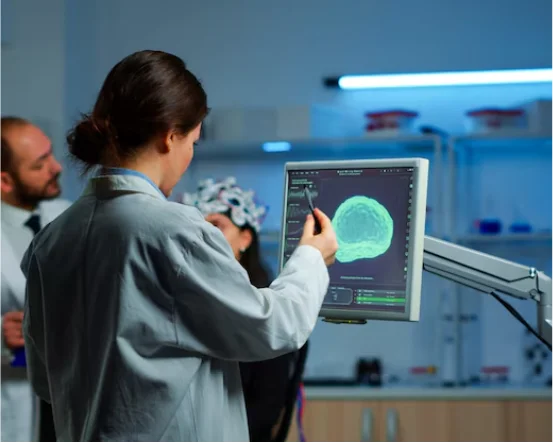Introduction
Breast reduction surgery, also known as reduction mammoplasty, is a medical and cosmetic procedure that involves the removal of excess breast tissue, fat, and skin to achieve a breast size more in proportion with the individual’s body. While many perceive it solely as a cosmetic choice, the underlying reasons often go beyond aesthetics and delve into physical discomfort, emotional challenges, and health issues. we will explore the primary causes that lead individuals especially women, but sometimes men to undergo breast reduction surgery.
Symptoms of Breast Reduction surgery
- Chronic Back, Neck, and Shoulder Pain
One of the most common reasons individuals consider breast reduction surgery is to relieve chronic pain in the back, neck, and shoulders. Large and heavy breasts can strain the spine and surrounding muscles, often leading to persistent discomfort that doesn’t improve with physiotherapy or posture correction. Over time, this discomfort may even interfere with sleep and daily activities. - Postural Problems
Excessively large breasts can significantly impact posture. Many women unconsciously hunch forward to compensate for the weight, leading to spinal alignment issues. This posture can cause long-term complications, including curvature of the spine or muscular imbalance. Reducing the breast size through surgery can help correct and relieve these posture-related issues. - Skin Irritation and Rashes
Women with large breasts often experience chronic skin irritation beneath the breast fold. Moisture gets trapped in this area, leading to fungal infections, heat rashes, and raw skin. Even with good hygiene and specialized undergarments, these skin conditions can persist, causing pain and limiting clothing choices. Breast reduction helps minimize skin-to-skin contact and lowers the chances of developing these rashes. - Physical Activity Limitations
Heavy breasts can make physical exercise difficult or painful. Activities such as jogging, dancing, or even brisk walking may lead to discomfort, bouncing, or bruising. For many women, this discourages them from pursuing a healthy lifestyle. Breast reduction can open the door to more comfortable and active living, enhancing overall physical health. - Bra Strap Grooving
The constant pressure from bra straps supporting large breasts can dig into the shoulders, causing painful indentations or grooves. In some cases, it can also lead to nerve compression or tingling in the arms. This persistent irritation is another driving reason for undergoing surgery, especially when standard bras no longer offer adequate relief. - Asymmeztry or Developmental Abnormalities
Some women may seek breast reduction due to noticeable asymmetry between breasts or congenital overgrowth (macromastia). The condition not only affects the physical appearance but also creates difficulty finding properly fitting clothes and bras. In such cases, breast reduction is performed not just for relief but also to improve proportion and symmetry. - Psychological and Emotional Distress
The emotional toll of living with disproportionately large breasts can be significant. Many women report feelings of self-consciousness, unwanted attention, and poor body image. These concerns can contribute to depression, anxiety, or social withdrawal. Breast reduction surgery often results in improved self-esteem, body confidence, and a more positive mental outlook. - Difficulty in Clothing Fit
Another everyday struggle faced by women with large breasts is the inability to find clothes that fit comfortably. Shirts may gap, dresses may not zip properly, and overall, clothing options can become limited. Many find themselves forced to wear larger sizes that do not fit the rest of their body. This issue adds to daily frustration, and surgery can help provide a more balanced body shape that makes dressing easier and more enjoyable. - Unsuccessful Non-Surgical Interventions
Before turning to surgery, many women attempt non-surgical options such as physical therapy, weight loss, or posture correction. However, these strategies may not be effective if the breast tissue is primarily glandular or due to genetic factors. When other methods fail to offer relief, breast reduction becomes a viable and often necessary solution.
Conclusion
Breast reduction surgery is more than just a cosmetic choice. It addresses a wide range of physical discomforts, emotional burdens, and lifestyle limitations. For many patients, it is life-changing bringing relief, improving posture and mobility, and restoring confidence. If you’re experiencing any of the above issues, it’s crucial to consult with a qualified plastic or reconstructive surgeon. They can assess whether breast reduction surgery is suitable for your body, lifestyle, and long-term health.






















